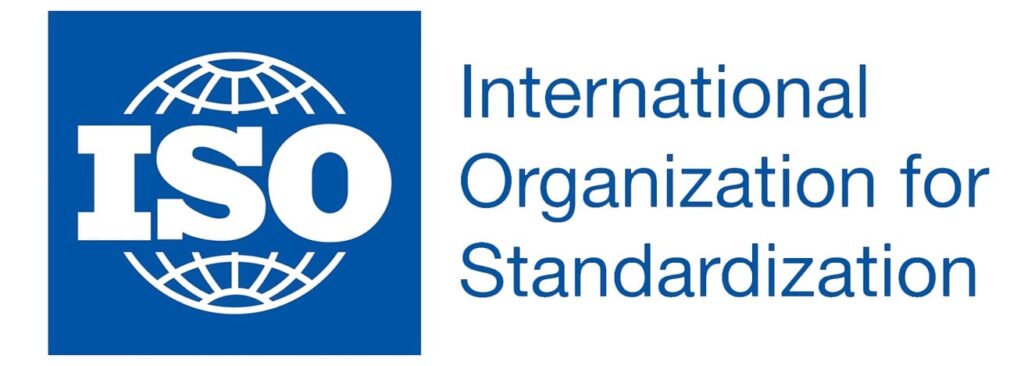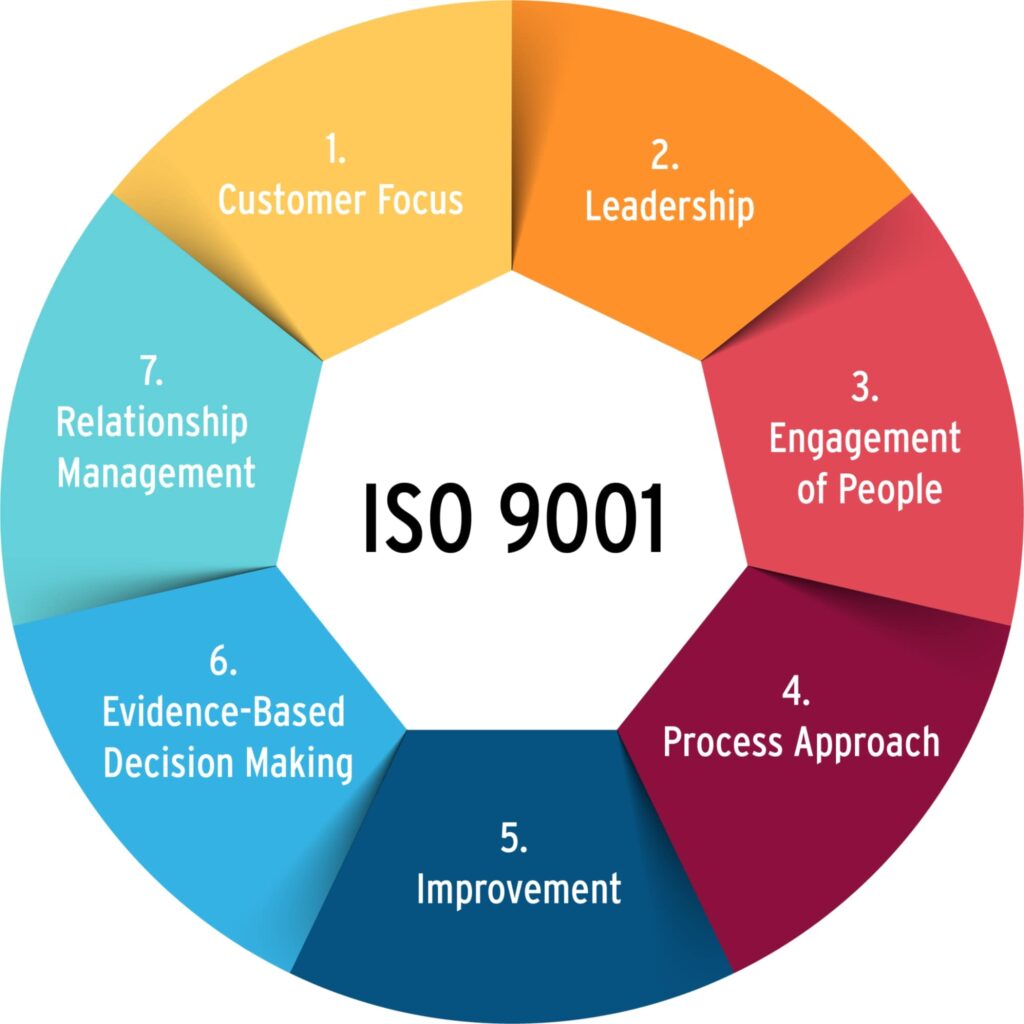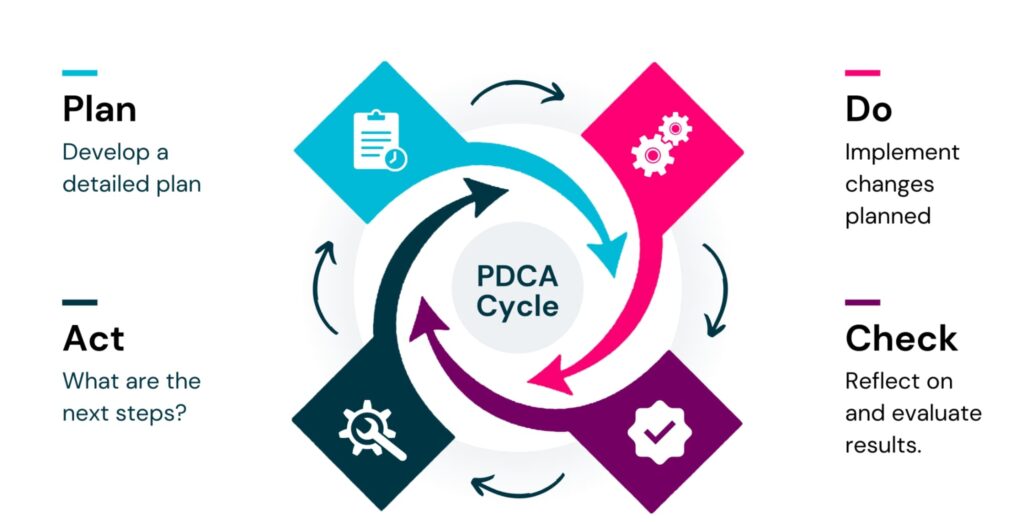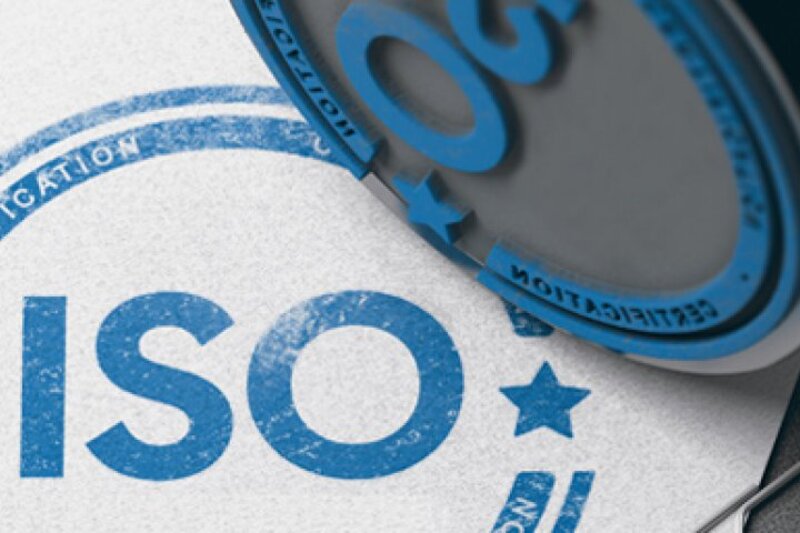ISO 9001:2015 certification provides the foundation for enhancing product and service quality and optimizing the customer experience. If you want to gain this certification, your organization’s quality management system must satisfy all ISO 9001:2015 standards. This post will provide information regarding ISO 9001:2015 certification to assist you in comprehending its benefits and enhancing your manufacturing techniques.
Learn more: The leading & trusted wipes manufacturer in the market
The International Organization for Standardization (ISO) is the largest generator of voluntary International Standards in the world. Their standards provide solutions and best practices for nearly all sorts of technology and business, allowing businesses and organizations to boost performance while safeguarding customers and the environment.

ISO (International Organization for Standardization) is a worldwide federation of national standards bodies
International Organization for Standardization (ISO) standards strive to eliminate impediments to international trade. ISO 9001 (quality), ISO 14001 (environment), and ISO 27001 (information security) are some well-known standards (information security management).

The International Organization for Standardization (ISO) is the largest generator of voluntary International Standards in the world
The International Organization for Standardization issued ISO 9001 certification in 1987 in order to effectively and openly manage the quality system at each stage of firm product and service production. Currently, the ISO 9001 standard is applied to all firms and businesses in all industries. The most recent version is ISO 9001:2015, which is considered to be a significant improvement over the original version.

ISO 9001 certification helps businesses manage quality effectively
See more: What is the Allergy UK seal of approval? All you need to know
Specifically, this is an international standard that specifies the conditions and requirements for a product quality management system, allowing your business and organization to operate more efficiently and increase customer satisfaction. The standard is founded on seven quality management concepts, including a strong focus on the customer, the participation of top management, and a push for continuous development.

The seven principles of quality management are:
1 – Client-centricity
2 – Executive
3 – Involvement of people
4 – Process orientation
5 – Improvement
6 – Evidence-based determination
7 – Relationship management
The principles are not ranked in order of priority. The proportional significance of each principle might vary from organization to organization over time.
For users, products manufactured by a company with ISO 9001:2015 certification will ensure quality and safety and inspire brand confidence.

Customers will have more peace of mind when using products of enterprises with ISO 9001: 2015 certification
ISO 9001:2015 Standards is applicable to organizations of any size and in any industry. The standards of the ISO 9001 standard have been implemented to the quality management systems of over one million enterprises in over 160 countries.

All businesses should own ISO 9001:2015 certification
Using the ISO 9001 standards assists organizations of all sizes in organizing processes, enhancing the efficiency of operations, and continuously improving.
All enterprises utilizing ISO 9001 are urged to implement ISO 9001:2015 without delay. This includes not only firms with ISO 9001:2008 certification, but also organizations that train or certify others.
Current ISO 9001:2008-registered firms have until September 14, 2018, to migrate to the 2015 standard. The International Accreditation Forum (IAF) offers downloadable guidance on the transition from ISO 9001:2008 to ISO 9001:2015.
Other helpful information about common ingredients we need to know to protect our health:
ISO certification is a global standard with a broad range of applications. Therefore, these approved products and services will provide businesses and consumers with numerous benefits.
1 – For your business
Increase work efficiency and improve product quality: ISO 9001:2015 is a standard based on international quality management criteria that is used by millions of enterprises worldwide to increase job efficiency and product quality. Recognition is enormous. When businesses use this standard, the production process is executed synchronously and consistently, and all phases of output product quality are ensured to be of the highest standard.

Applying ISO 9001:2015 standard helps businesses improve product quality
Increasing revenues and profits: ISO certification helps businesses earn the trust of partners because it is evidence of an effective quality management system and a reflection of your company’s prestige. In addition, you can develop and optimize operational and production processes to achieve high efficiency in accordance with ISO 9001:2015 regulations. By reducing time and costs, income and profit can be increased.
Discover more: Private label wipes manufacturer – “Make your own wet wipes” solution

Businesses can increase the opportunity to sign many contracts as well as optimize cost and profit problems
Creating better relationships with suppliers: The legitimacy and dependability of ISO certification is the foundation for businesses to cultivate long-term affinity and tight relationships with sustainable suppliers.

Acquiring ISO 9001 certification will create trust and long-term cooperative relationships with suppliers
Building a professional staff: The adoption of ISO 9001:2015 facilitates the development of a professional workforce by encouraging all employees to work diligently and increase their job output in order to achieve the enterprise’s objectives. In addition, the recruitment, training, and human resource management processes are clearly and methodically constructed in accordance with the requirements of ISO 9001:2015 certification, allowing for an accurate assessment of each employee’s potential. In addition, the dissemination of job instructions assists all employees in reading and complying, particularly for complex tasks with close departmental ties. At that point, the job is highly standardized, and errors during the working process are eliminated.

ISO 9001:2015 facilitates the development of a professional workforce
Performance improvement: As part of the implementation of ISO 9001:2015, a gap analysis is performed to identify areas for improvement so that your QMS can be implemented efficiently. An auditor will analyze your organization’s current procedures and assist you find areas for improvement during a site visit. Taking action in these areas can increase the effectiveness of your organization. In addition, periodic assessments and internal audits of your organization will be required to retain your certification, which will reduce the likelihood of unwarranted difficulties arising. Together, these two elements enable you to identify any inefficiencies in your processes and maintain your organization’s optimal efficiency.

ISO 9001:2015 helps businesses constantly improve their production and operation processes
Higher customer satisfaction: Tracking customer satisfaction and addressing complaints expressed is one of the most essential requirements of the ISO 9001:2015 standards. Companies who pursue and retain ISO 9001:2015 certification demonstrate their commitment to this issue.

The personnel is always willing to answer inquiries and accommodate clients’ needs
International recognition: The International Organization for Standardization (ISO) has more than 130,000 members representing over 160 countries and has certified over one million organizations. The ISO certification is the world’s largest, covering almost every country and industry. Certification is used for accreditation purposes, to assist in trade negotiations, as evidence of conformity to external requirements, as a basis for certification initiatives, and access to credit.

2 – For customers
Improved quality of service: ISO standards are designed to help businesses improve the quality of their products and services. These standards also provide a framework for continuous improvement that helps create competitive advantage. Benefits include greater efficiency, improvements in time management, better use of resources, and improved customer satisfaction among others.

ISO 9001 standard always aims to increase the value the business brings to customers
Assurance of products/services: Consumers will feel more confident when utilizing a product created by a company with an ISO 9001-certified quality management system, due to the product’s quality and safety. The product has been evaluated by a world-renowned organization. Consequently assisting them in protecting their health and enhancing their quality of life.
Enhanced experience: Developing the interaction between customers/stakeholders and the organization will improve the customer’s experience and raise the likelihood of their future return.

Reduced need for returns: Because issues are identified and resolved quicker, often without the customer knowing about it. If a system fails, customers can sleep easy knowing that the company has a back-up system in place that can identify the root cause of the failure and take immediate steps to correct it.
The structure of ISO 9001:2015 Standards is divided into ten components (clauses). The first three are introductory, while the following seven outline the certification standards for a Quality Management System (QMS). Here is the subject matter of the seven main clauses:

Clause 4: Organizational context – This section discusses the necessities for knowing your company in order to develop a quality management system. It comprises the requirements for recognizing internal and external concerns, interested parties and their expectations, the scope of the QMS, and your procedures and their interactions. Included in the expectations of interested parties are regulatory obligations.
Clause 5: Administration – The leadership requirements stipulate that high management must be instrumental in the QMS implementation. Top management must demonstrate commitment to the ISO 9001:2015 QMS by emphasizing the customer, developing and communicating the quality policy, and allocating roles and duties across the organization.
Clause 6: Planning – Senior management must also plan for the QMS’s continuous operation. Risks and opportunities of the organization’s QMS must be evaluated, and quality objectives for improvement must be set along with plans to achieve them.
Clause 7: Support – The support segment addresses the administration of all QMS resources, including human resources, buildings and infrastructure, the working environment, tools for monitoring and measuring, and organizational knowledge. In addition, the part includes standards for competence, awareness, communication, and document control (the documents and records required for your processes).
Clause 8: Operation – The operation requirements cover all phases of the product or service’s planning and creation. This section comprises requirements for planning, reviewing product requirements, design, managing external suppliers, developing and releasing the product or service, and managing nonconforming process outputs.
Clause 9: Performance evaluation – This section contains the requirements necessary to ensure that you can monitor the effectiveness of your QMS. It consists of monitoring and measuring your processes, evaluating customer satisfaction, conducting internal audits, and conducting continuing management reviews of the QMS.
Clause 10: Improvement – This final section contains the requirements necessary to improve your QMS over time. This includes evaluating process nonconformity and implementing remedial actions for processes.

Plan-Do-Check-Act cycle helps drive and improve business processes
These parts are based on the Plan-Do-Check-Act cycle, which uses these aspects to implement change inside an organization’s processes in order to drive and sustain process improvements.
The four steps of the PDCA cycle are Plan, Do, Check, and Act. Each phase contains between two and eight steps, for a total of twenty. These phases are then broken down into 101 activities and jobs. This ‘Practical Guide’ examines the essential phases of the implementation project from beginning to end, recommending the ‘best practice’ for each phase and guiding the company to further useful resources as it embarks on the ISO 9001:2015 journey.
The sequence of required actions in this procedure may be altered (inversion, combine) to achieve the optimal result. For instance, the management technique for documented information can be implemented prior to the organization’s comprehension. Communication and training are iterative procedures due to the need for progressive development throughout the implementation project.

Easy-to-follow ISO 9001 certification application process
Before the ISO 9001:2015 QMS can be certified, the implementation must be completed. After completing all documentation and establishing processes, your firm must also take the following actions to ensure certification success:
Internal audit: The purpose of the internal audit is to examine the ISO 9001:2015 QMS processes. The objective is to ensure that records exist to validate compliance with protocols and to uncover flaws and weaknesses that would otherwise remain concealed.
Management review: A formal assessment conducted by your organization’s management to evaluate the pertinent facts regarding the management system processes in order to make appropriate decisions and allocate resources.
Corrective actions: After the internal audit and management review, you must identify the root cause of any detected issues and document how they were rectified.
The firm certification procedure consists of two phases:
Stage one (documentation review): The auditors from your chosen certification organization will verify that your paperwork satisfies the criteria of ISO 9001:2015.
Stage Two (primary audit): Here, certification body auditors will analyze documents, records, and corporate practices to determine whether your real actions comply with ISO 9001:2015 and your own paperwork.

Owning ISO 9001:2015 certification will bring your business many benefits
Frequently asked question
1 – How much does it cost to get ISO 9001:2015 certified?
Costs are variable and not fixed depending on the size and field of the business. The total cost of ISO 9001:2015 certification can vary widely. For a small organization with a simple QMS, the total cost may be less than $5,000. For a large multinational corporation, the cost could easily exceed $1 million.
2 – How long does ISO 9001:2015 certification take?
The duration for implementation will vary from company to company, but company size is often a big predictor of the time it will take to implement ISO 9001:2015 – 3 months at the latest and 20 months at the latest.
Relevant posts about wet wipes production:
ISO 9001:2015 certification is an essential and vital need for all businesses. Obtaining the certification will assist firms in validating the quality of their products and fostering customer and partner confidence. Please keep in touch and contact us if you want to ask anything about manufacturing:
Dong Hiep Trading and Investment Joint Stock Company